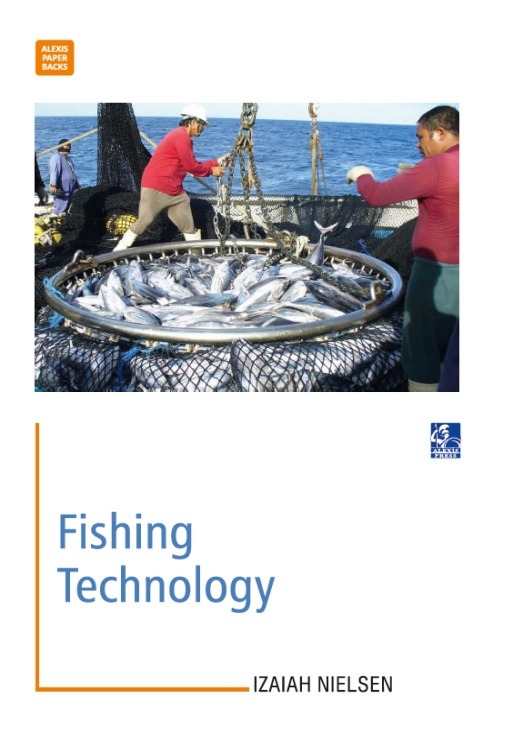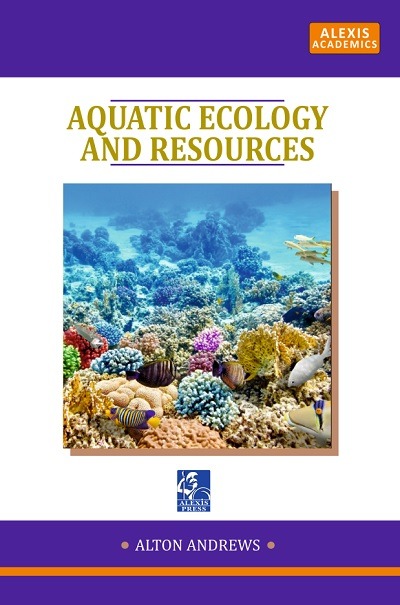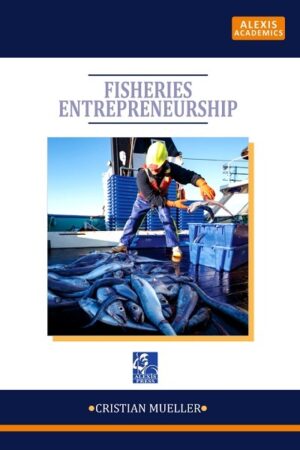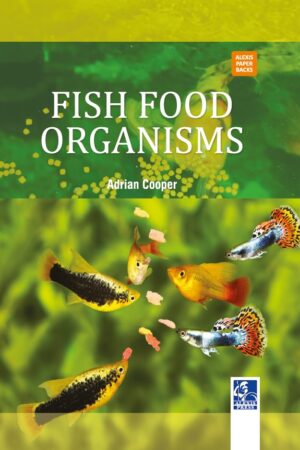Aquatic Ecology and Resources
Description
Aquatic ecology is the study of the plants and animals that live in our rivers and streams and their interactions. These organisims are very sensitive to changes in water quality. Tolerant species (like leeches and carp) are those that thrive in polluted or altered ecosystems while intolerant species (like stoneflies and trout) are sensitive to small changes in water quality. A healthy aquatic ecosystem contains a good balance of producers (like phytoplankton algae and leaves), consumers (like zooplankton and invertebrates) and predators like fishes. Phytoplankton are tiny plants that use sunlight and nutrients in lakes to grow. Polluted lakes may host ‘algae blooms’ which can suck oxygen out of the water and may be toxic to humans and animals. The global concepts of sustainable development demand for scientific progress to be integrated with the realities of environmental management, legislation, and policy making. Aquatic ecosystem management is a key element in this endeavour for sustainability, since water quality is an important prerequisite for human health and development. The health and integrity of aquatic ecosystems should therefore, not only be regarded as important in its own right, but Water is Life. Fish occupy different niches in aquatic environments. In streams, fish like the native Bonneville Cutthroat Trout feed on macroinvertebrates while in lakes similar sized fish feed on both macroinvertebrates and zooplankton. Other types of fish are predators and help regulate the populations of invertebrates and smaller fishes via top-down control. This book is an overview of the ecology of freshwater ecosystems including lakes, streams, and wetlands. It will examine the physical, chemical, and biological processes and their interrelationships.
Aquatic Ecology and Resources
Only logged in customers who have purchased this product may leave a review.







Reviews
There are no reviews yet.